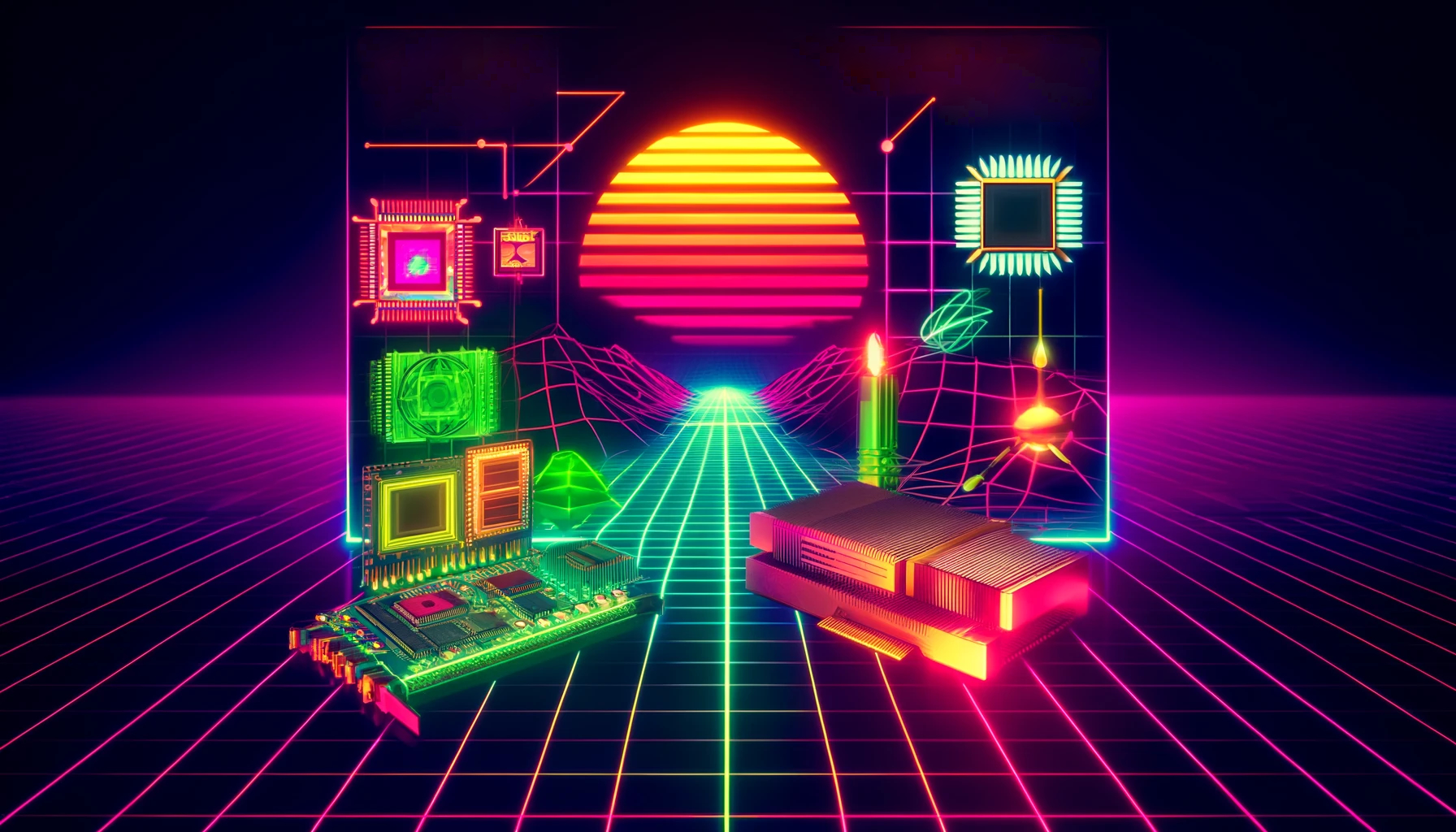This introductory course focuses on discussing efficient techniques to visually represent large-scale data sets from simulation and measurement. Starting with a brief introduction on the data generation processes, the visualization pipeline, data structures, mapping techniques, and special rendering techniques for scientific data will be discussed. Various examples will outline the benefits of visualization techniques in practical applications. A particular focus is put on interactive methods using GPU-based techniques. Topics include:
- Interactive image synthesis
- Graphics APIs & hardware, OpenGL, DirectX, Vulkan and CUDA
- Fixed function & programmable graphics pipeline
- Introduction to General-purpose computation on graphics hardware (GPGPU)
- Lighting
- Local lighting models
- GPU implementation
- Environment Mapping
- GPU Shadowing techniques
- Projective Shadows
- Shadow Volumes
- Shadow Maps
- Transparent Objects:
- (depth) sorting with implementations on graphics hardware
- Order independent transparency & depth peeling on GPUs
- Physics based rendering
- Radiometric quantities, rendering equation
- Raytracing / path tracing
- Radiosity
- Irradiance volumes
- Precomputed radiance transfer (PRT)
- Ambient Occlusion with focus on GPU-based interactive methods
- Special topics:
- GPU friendly High quality terrain rendering & synthesis
- Rendering of fur and hair
- Scenegraph APIs
- Acceleration structures and culling techniques
- Human visual perception and high dynamic range imaging (HDRI)
- REYES
- Image compression techniques

- Lehrende(r): Jens Krüger